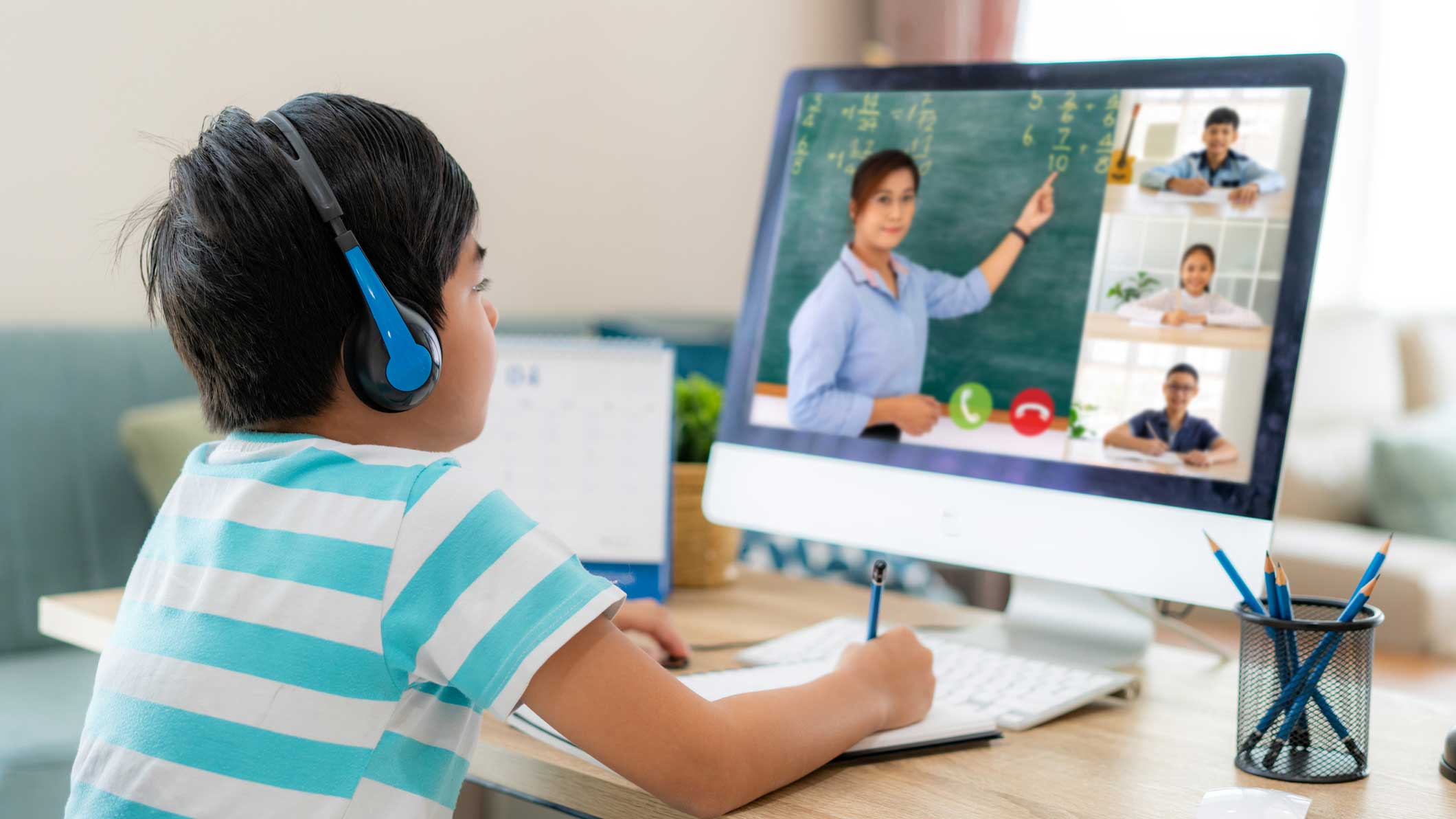Blended Learning

Face to Face
Learning
Teaching
and Managing
Strategies
Professional
Development
Role of Educators
Analyst
Facilitator
Co-learner
Learning Leader
Organizer
Support, analytical, visible

Online
Learning
Online
Educational Tools
Computer
Tablets
Software
Habitual
Distraction
Instant
Messagig
Google
Search
“Blended learning enhances face-to-face learning with the use of online technologies without supplanting regular classroom contact hours” (Wu et al., 2010).
BYOD
Teacher directed
Agency
References
Hsu, Y. C., Ching, Y. H., & Grabowski, B. L. (2014). Web 2.0 applications and practices for learning through collaboration. In Handbook of Research on Educational Communications and Technology: Fourth Edition (pp. 747–758). Springer New York. https://doi.org/10.1007/978-1-4614-3185-5_60
Kuo, Y. C., Belland, B. R., Schroder, K. E. E., & Walker, A. E. (2014). K-12 teachers’ perceptions of and their satisfaction with interaction type in blended learning environments. Distance Education, 35(3), 360–381.
Wu, J., Robert D. Tennyson, Tzyh-Lih Hsia, A study of student satisfaction in a blended e-learning system environment, Computers & Education, Volume 55, Issue 1, 2010,
Pages 155 164,https://doi.org/10.1016/j.compedu.2009.12.012.
Kuo et al., “Interaction allows activities, instructors, and/or students to be blended, and is perceived as essential to technology-mediated learning since it is related to quality, satisfaction, and learning performance.” (2014, p. 363)
(Hsu, Ching, & Grabowski, 2014, p. 747)
“Although Web 2.0 applications were not originally designed for education, by their very nature, these tools hold promise for creating collaborative learning opportunities for students.”
“There is no best blended learning model to follow” (Kuo et al, p373).
Self-paced
Learning
“With the collaboration process becoming visible through the revision history, instructors have a data-driven method to learn about students’ collaborative process and hold students accountable for their own learning. “ (Hsu, Ching and Grabowski, 2014, p.751-752).
Training or workshops may be provided for learners prior to a blended learning course to help them get familiar with the adopted technology as well as the arrangement of blending settings, which may reduce the anxiety levels especially for introverts (Kuo et al., 2014).
Distance Learning
Resources/support for students
Theoretical
Foundations
Sociocultural Theory
Distributed Cognition
Situated Cognition

